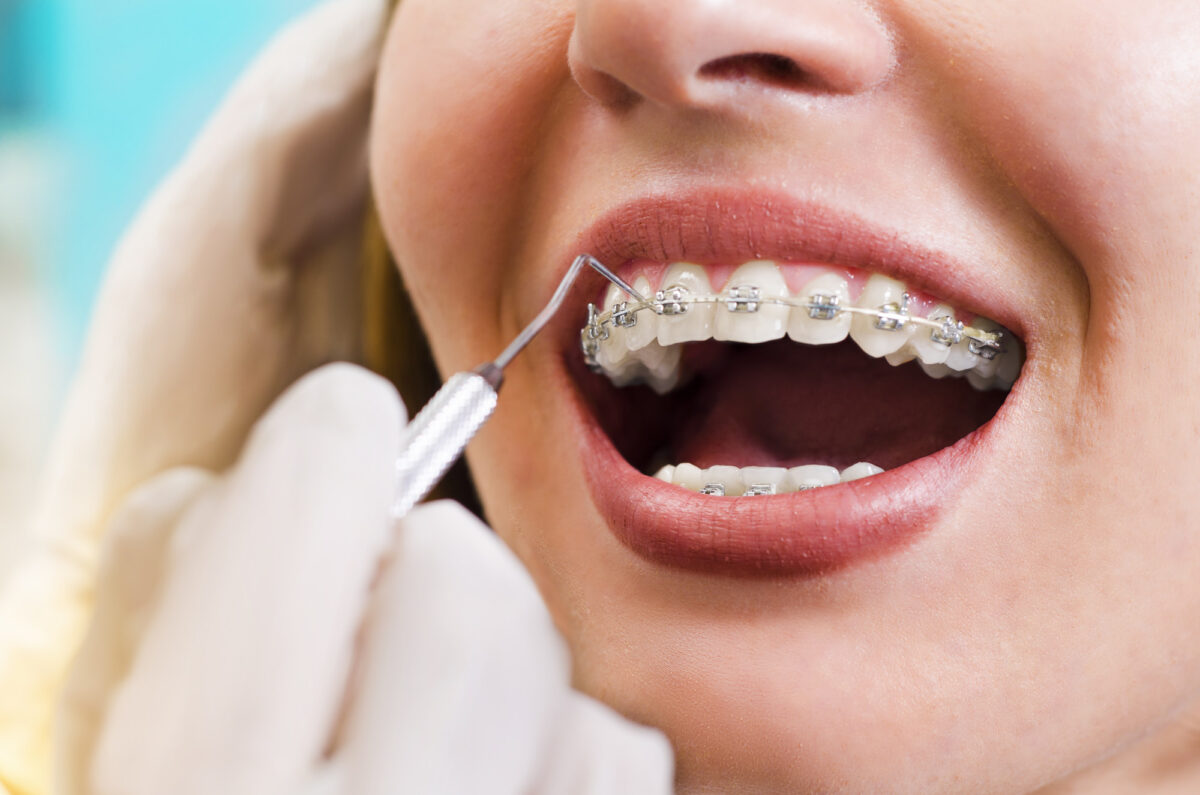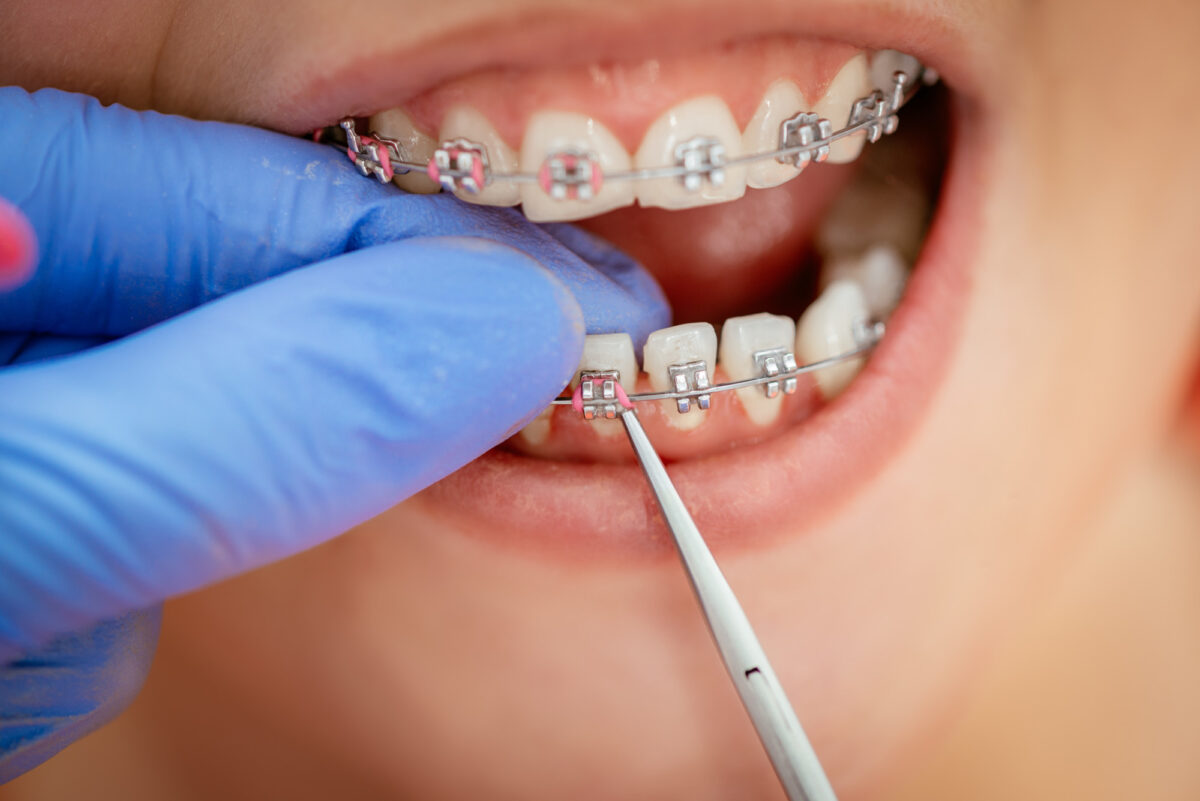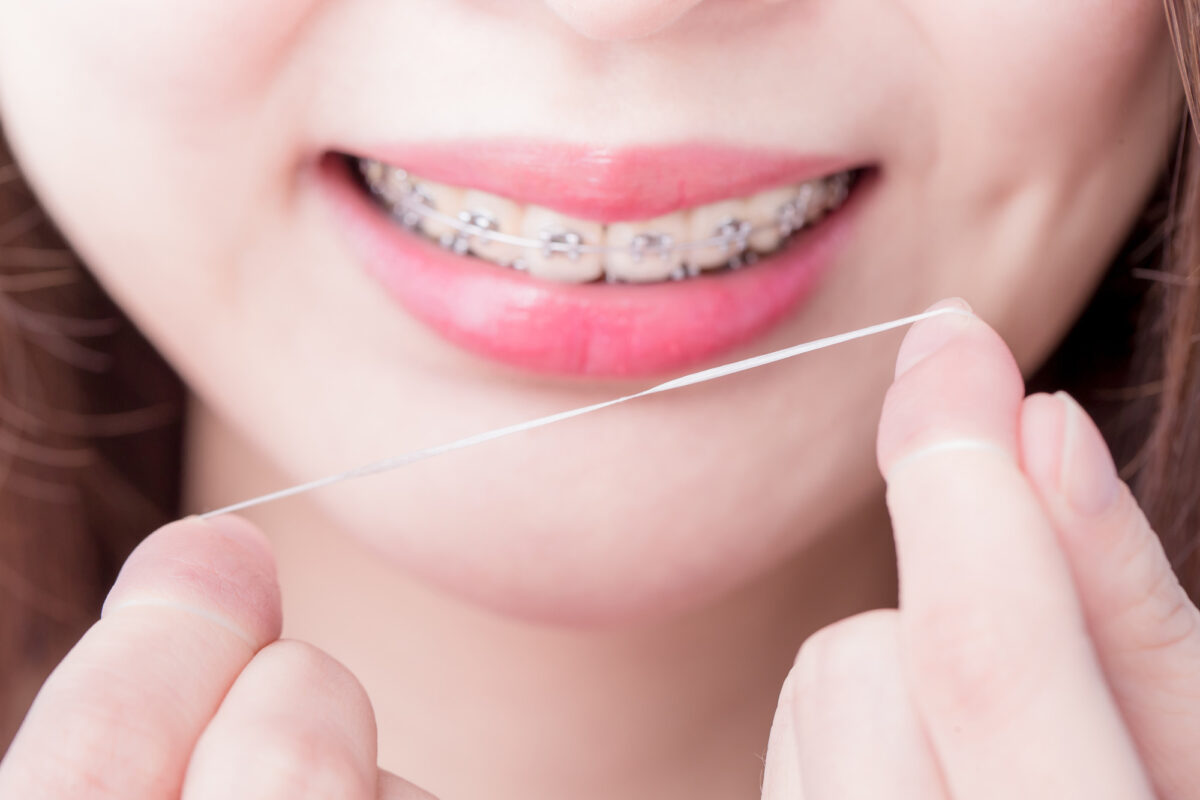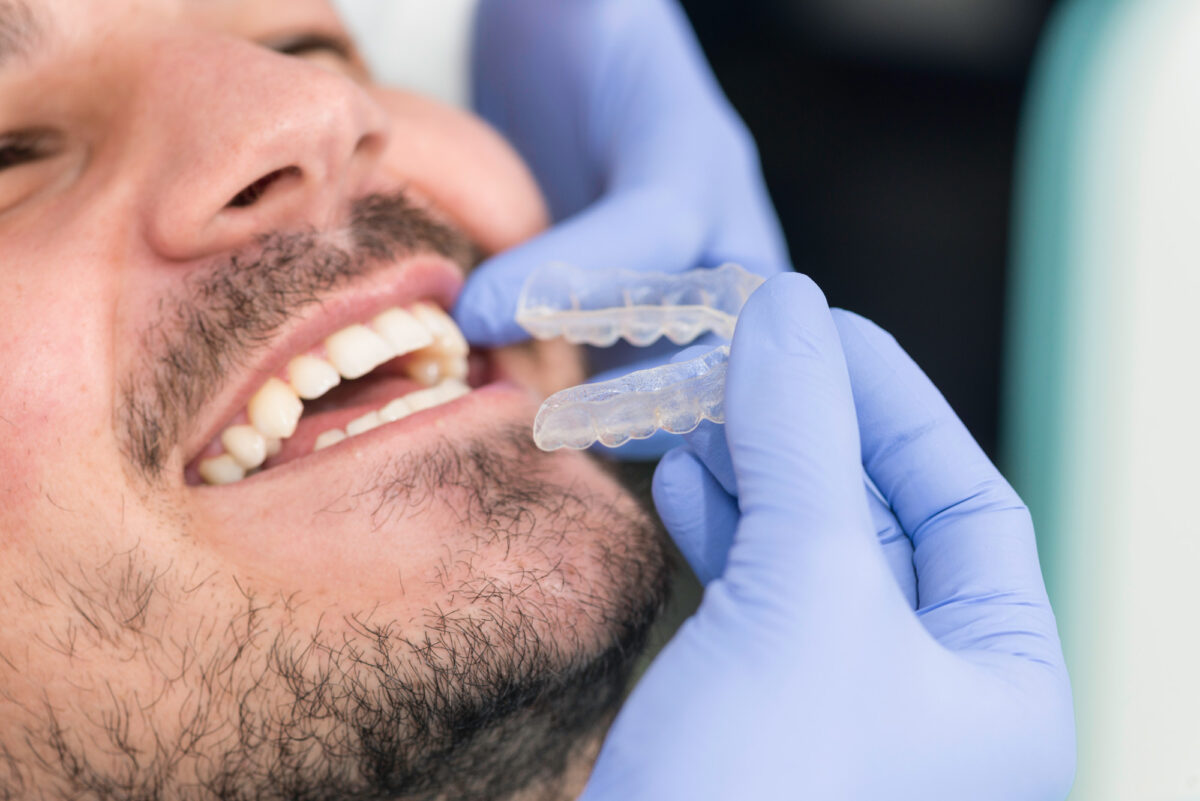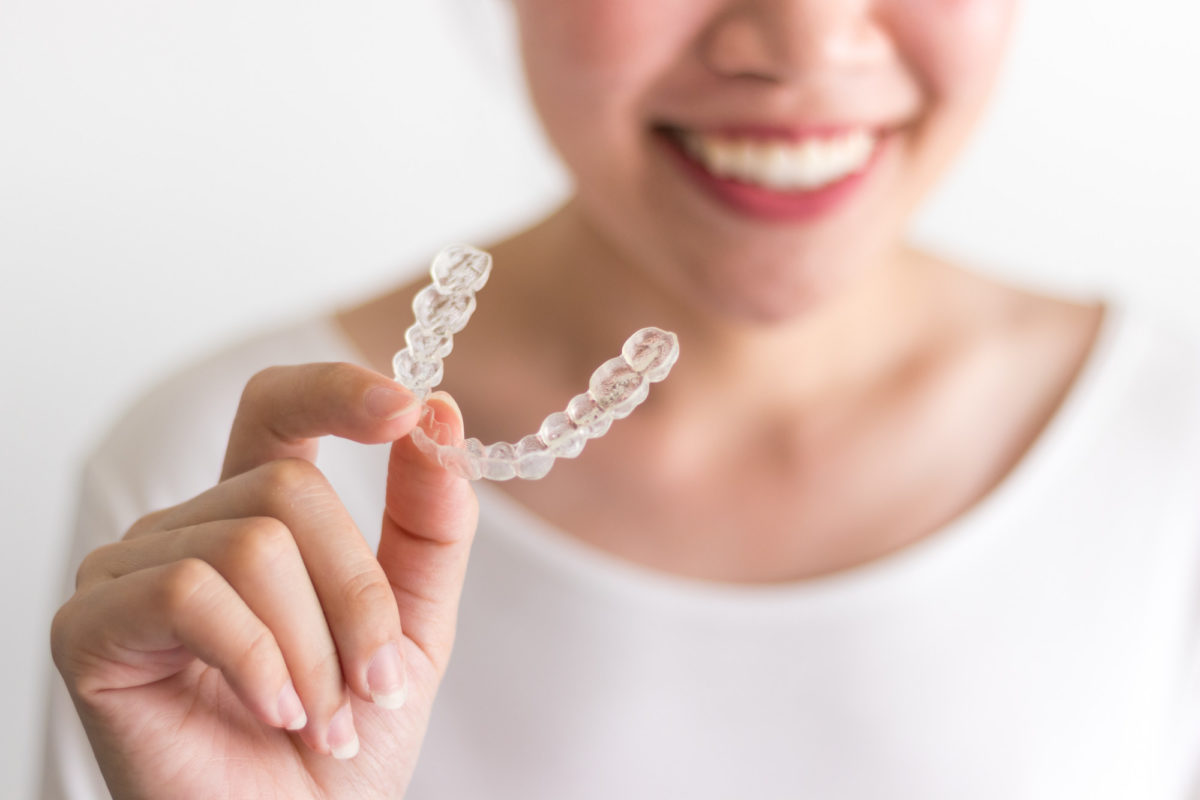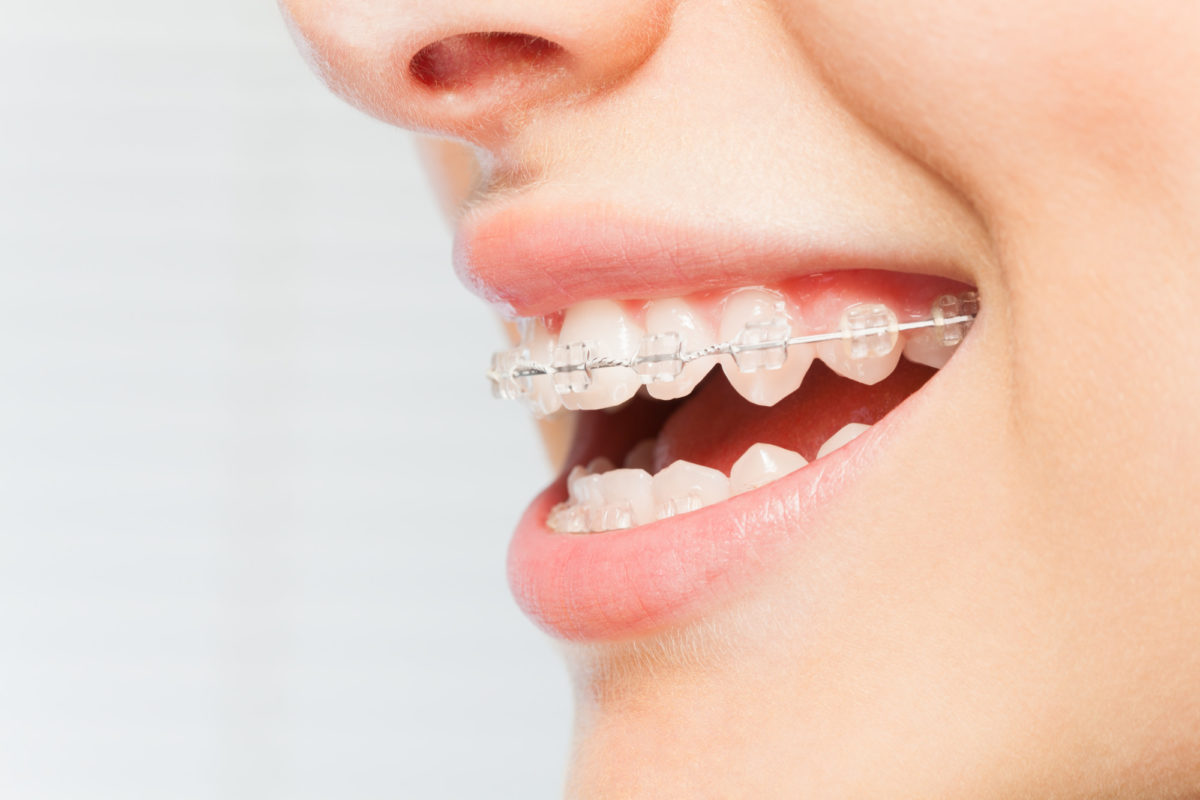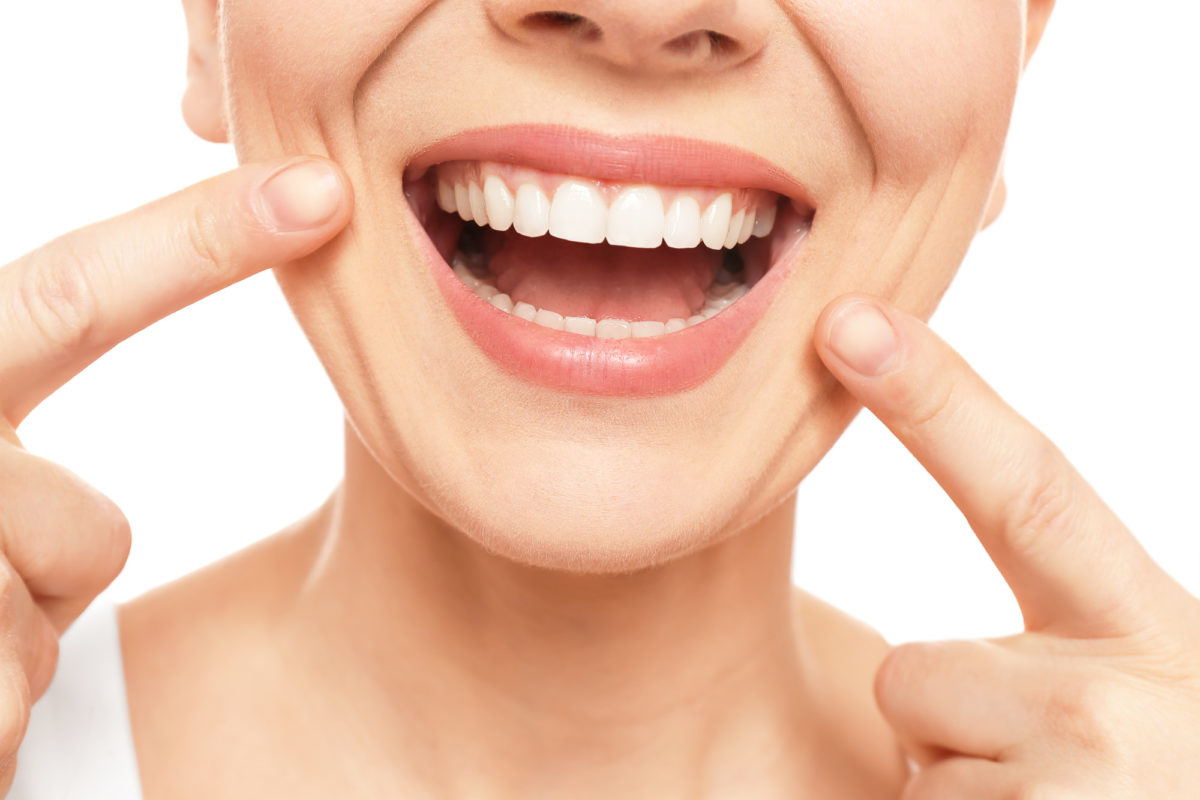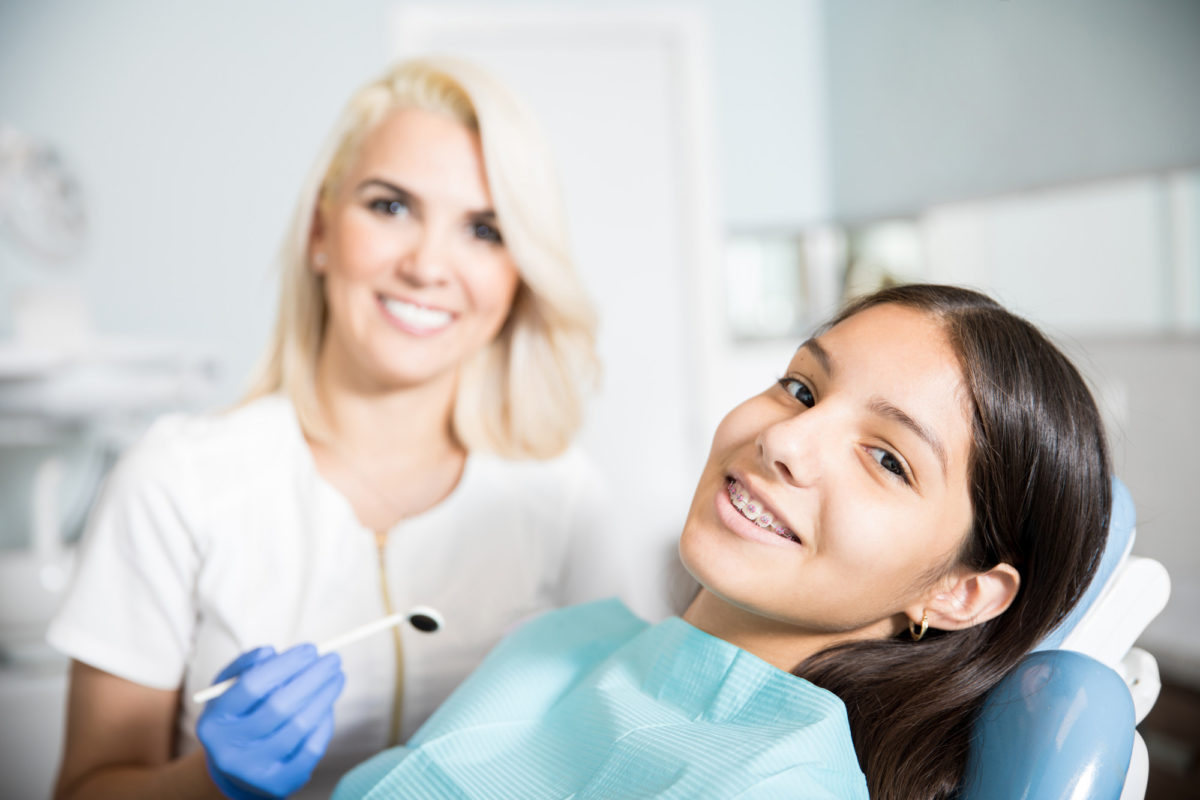Do you need braces? Many people mistakingly view crooked teeth as a cosmetic issue and opt against braces. But, aligning your smile offers much more […]
blog
Broken Braces Bracket: This Is What You Need to Do
Braces help you smile. Broken braces make you frown. A break in your braces can cut your mouth and send you to the orthodontist. But […]
How to Floss With Braces: 5 Helpful Tips
Only 30% of Americans floss their teeth on a daily basis. As essential as flossing is to our oral health, it’s often skipped in oral […]
5 Things to Know About Getting Braces as an Adult
Braces are a common tool to help create correct teeth alignment. Usually, people get them in their childhood and it is seen as a rite […]
The Top 7 Best Snacks for Kids With Braces
It seems like every young American is wearing braces today. In fact, the American Academy of Orthodontics estimates that 4 million wear braces in the […]
Getting Invisalign? 5 Things to Know About the Invisalign Process
Even though our nation is known for its fantastic teeth, more than half of us feel insecure about our own gnashers. If you want to […]
How to Brush Your Teeth With Braces: A Simple Guide
Nobody likes the idea of a mouthful of metal, but if your dentist has suggested braces for you, know that you’re not alone. About 4.5 […]
Understanding the Different Types of Braces Orthodontists Use Today
Many people wish to straighten their teeth for cosmetic reasons. Others need to do so because of an uneven or uncomfortable bite, speaking issues, or because […]
7 Incredible Health Benefits of Having Straight Teeth
In the United States alone, orthodontics is a $1.84 billion industry. It isn’t hard to see why: a beautiful smile is one of the best […]
The Top Questions To Ask When Looking For A Reliable Orthodontist
If you’re looking for an orthodontist for yourself or your family, it’s hard to know where to turn. With many options in the city, deciding […]

